About Nagoya Folding Fans
Nagoya is one of two large regions that produces folding fans. Let us begin with the history of Nagoya folding fans, before turning our attention to the matters faced by our industry in the present.
The History of Nagoya Folding Fans
The story of Nagoya folding fans is said to begin in the Houreki era (1975 – 1974) when the Inoue Kanzo family moved from Kyoto to present-day Nishiku Habashita located near Nagoya Castle. Kyoto and Nagoya are considered the central regions of folding fan production in Japan. In Kyoto, they predominantly produced high-quality fans for women, dance, and decorative purposes and are considered as luxury items. In Nagoya, mass production of 25/35 rib fans produced for men or to be given as gifts on special occasions were their main products.

Initially these fans were mostly made in the Tang Dynasty style. Over time they became the Nagoya style of today with both sides of the paper treated with persimmon tannin. During the Taisho era they became popular as seasonal gifts. In the Meiji era, Japan began to export them to China and the Korean Peninsula and more than 10 million a year were produced.

After World War II, sales to America, Europe and Australia grew, but eventually declined due to changes in the economic environment, such as the revaluation of the yen. Domestic consumption, even in summer, also saw declines as lifestyles changed and air conditioning became more common across Japan. However, young people rediscovering the value of Japanese culture resulted in a revival in demand as fans became a special gift for a variety of occasions.
Types of Nagoya Folding Fans
Fans are given in times of celebration; for the birth of a child or when celebrating a rite of passage like shichi-go-san (a traditional rite of passage for children in Japan aged seven, five, or three). In wedding ceremonies white, silver and gold fans are common. In addition, they are prevalent in Japanese life, such as fans for mourning, fans with the Heart Sutra printed on them, fans for tea ceremonies, and fans for the elderly.
-

Nadeshiko Folding Fan: lacquered, for ladies
-
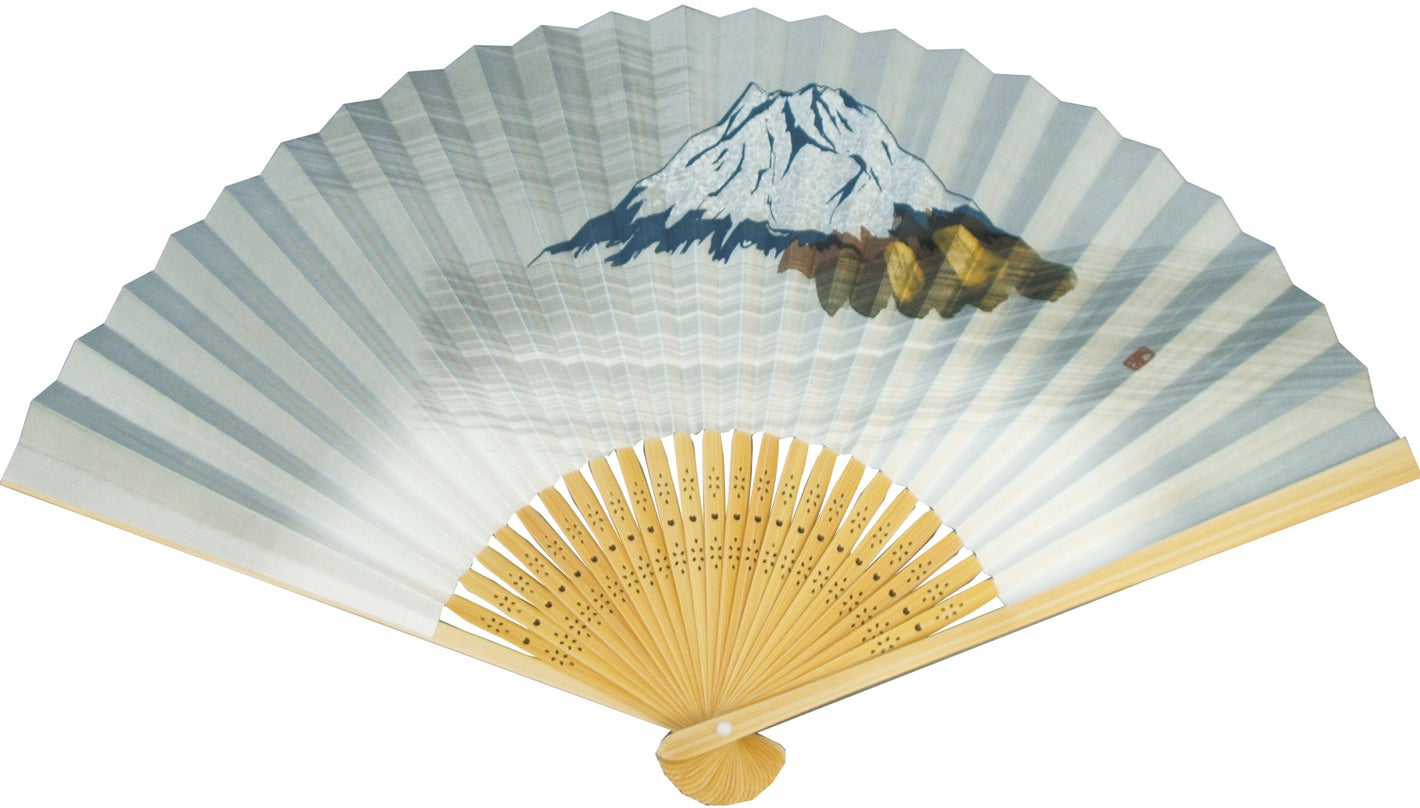
Gentleman’s Folding Fan: Mt. Fuji
-
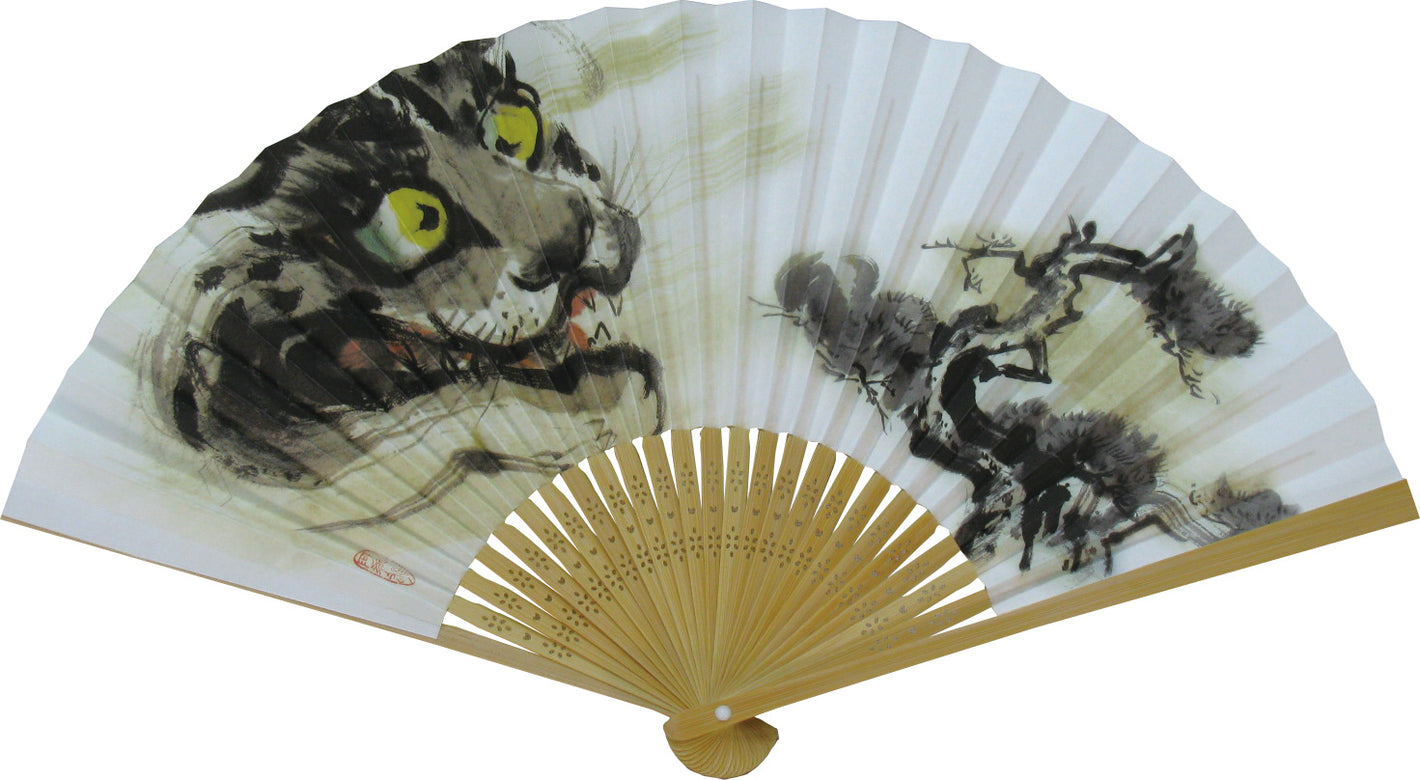
Nagoya Castle honmarugoten fan: Tiger
-
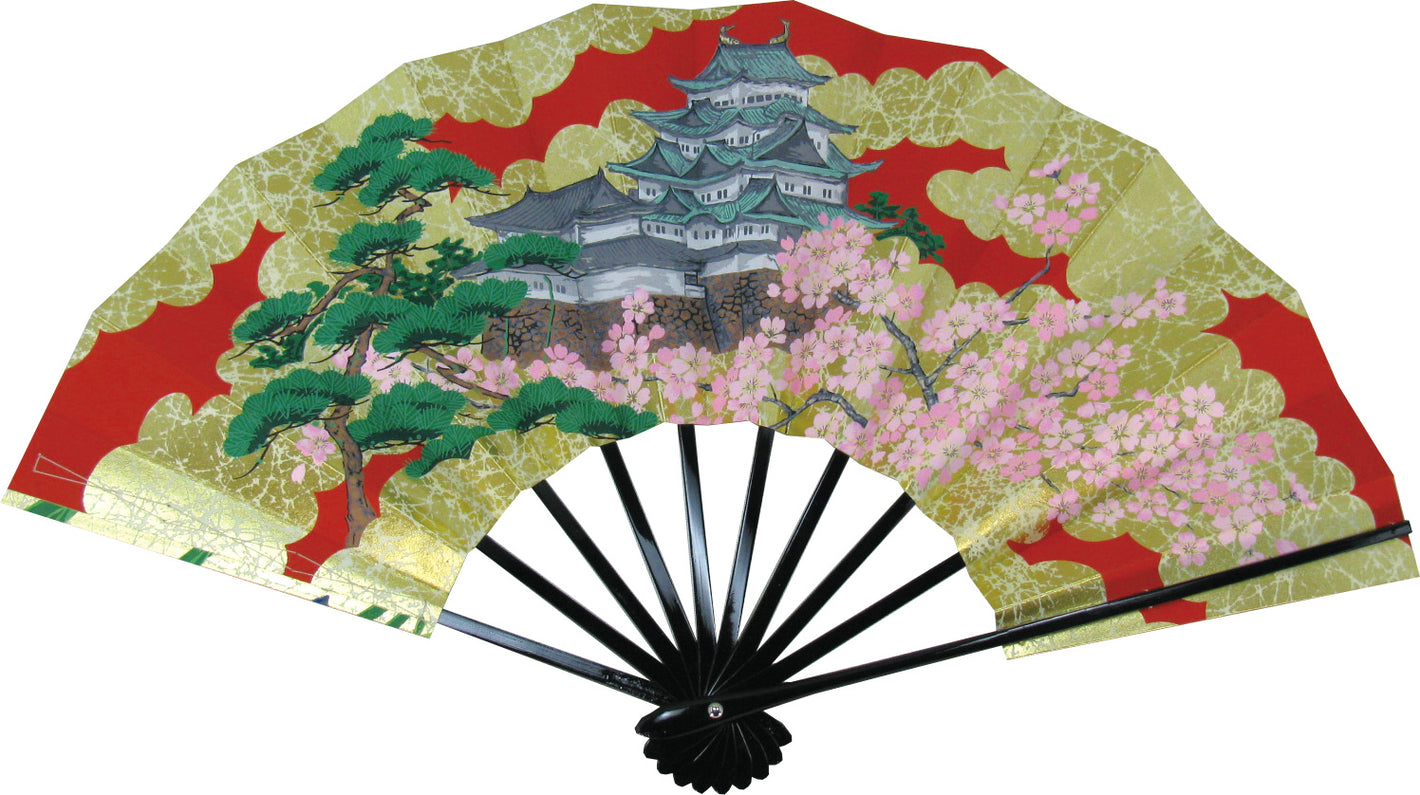
Decorative Fan: Nagoya Castle/Japanese Iris
-
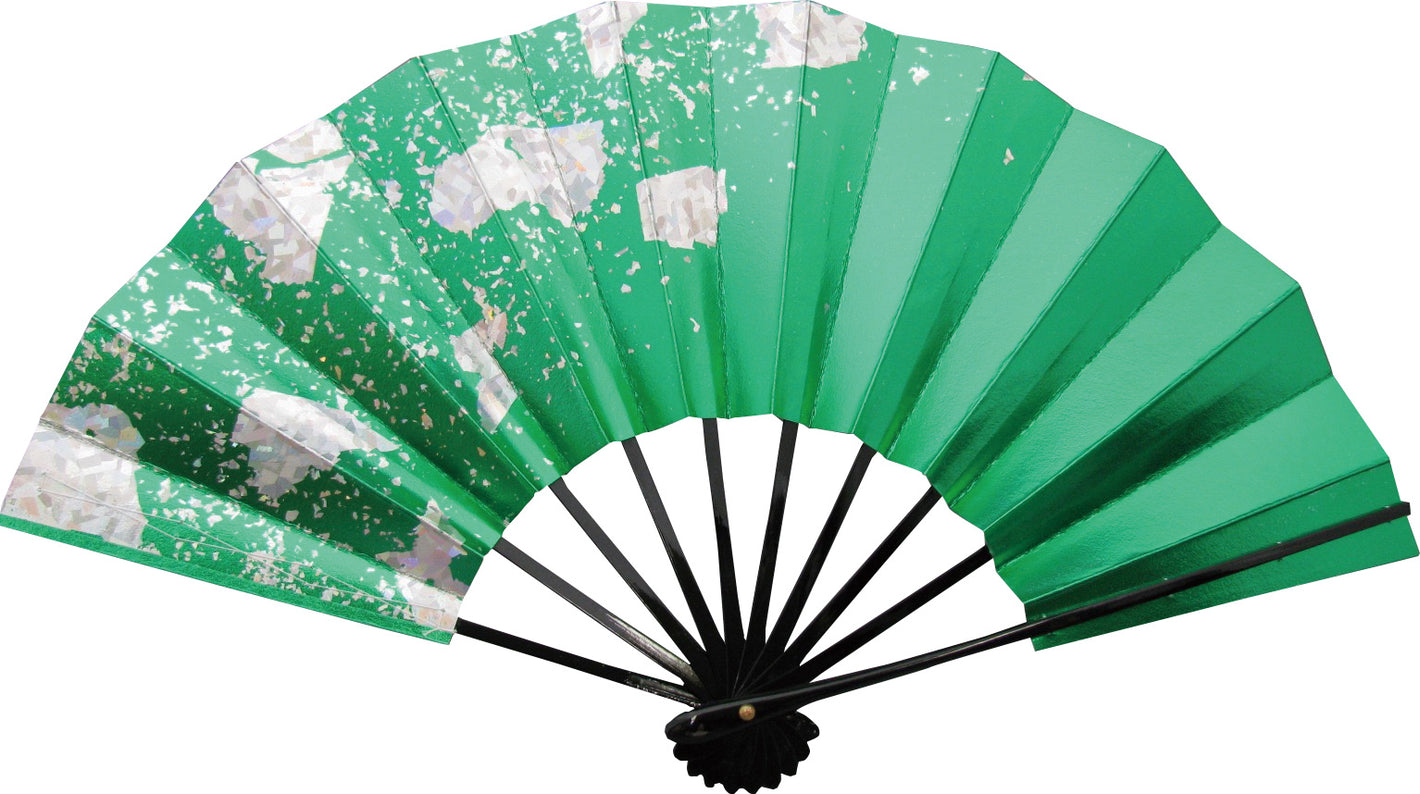
Dancer’s fan: holographic scattering leaf
-
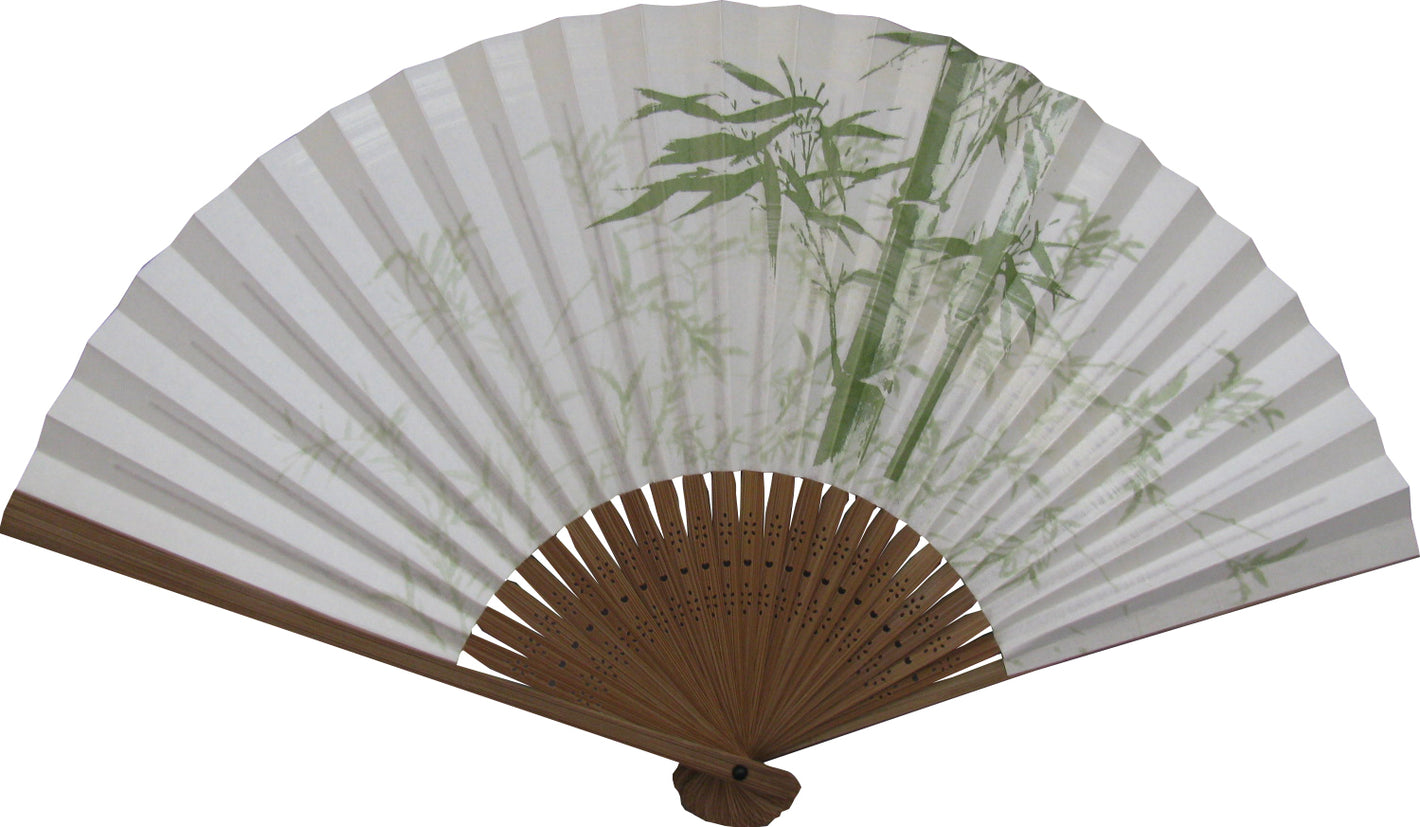
Left-handed Fan: Exotic wood, green bamboo
Challenges Ahead
Producing folding fans in the traditional way remains to this day something of a cottage industry. It is not easy to create these fans, and as our artisans get older and few young people are willing to succeed them, our industry is facing difficult challenges as we try to preserve these traditional techniques in the future.
New Initiatives
With a diversity of style and design preferences in mind we are making renewed efforts to design and create new products for our international customers.






